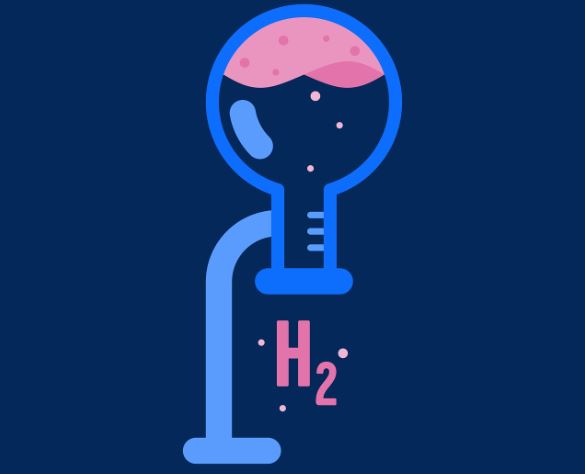As the world intensifies efforts to mitigate climate change, the quest for sustainable energy solutions has gained momentum.
Among the array of alternatives, hydrogen and ammonia have emerged as frontrunners, offering promising avenues for decarbonization. In Bangladesh, recent developments underscore a strategic shift towards exploring these alternative fuels to drive the nation’s energy transition.
The overarching goal of Bangladesh’s initiative is to diversify its energy mix and reduce carbon emissions by integrating hydrogen and ammonia into its energy portfolio. By leveraging these innovative fuels, Bangladesh aims to enhance energy resilience, reduce reliance on conventional fossil fuels, and pave the way for a greener, more sustainable future.
Hydrogen and ammonia represent cutting-edge technologies in the realm of sustainable energy. Hydrogen, with its high energy density and zero carbon emissions, offers versatile applications across various sectors, from transportation to industrial processes. Meanwhile, ammonia serves as an efficient carrier for hydrogen, addressing challenges related to storage and transportation. Advancements in fuel cell technologies further enhance the viability of both hydrogen and ammonia as clean energy sources.
The adoption of hydrogen and ammonia holds immense potential to catalyze Bangladesh’s transition towards a net-zero economy. By embracing these fuels, Bangladesh can reduce greenhouse gas emissions, enhance energy security, and foster economic growth through innovation and investment in renewable energy infrastructure. Moreover, integrating hydrogen and ammonia into the national energy mix aligns with global efforts to combat climate change and achieve sustainable development goals.
